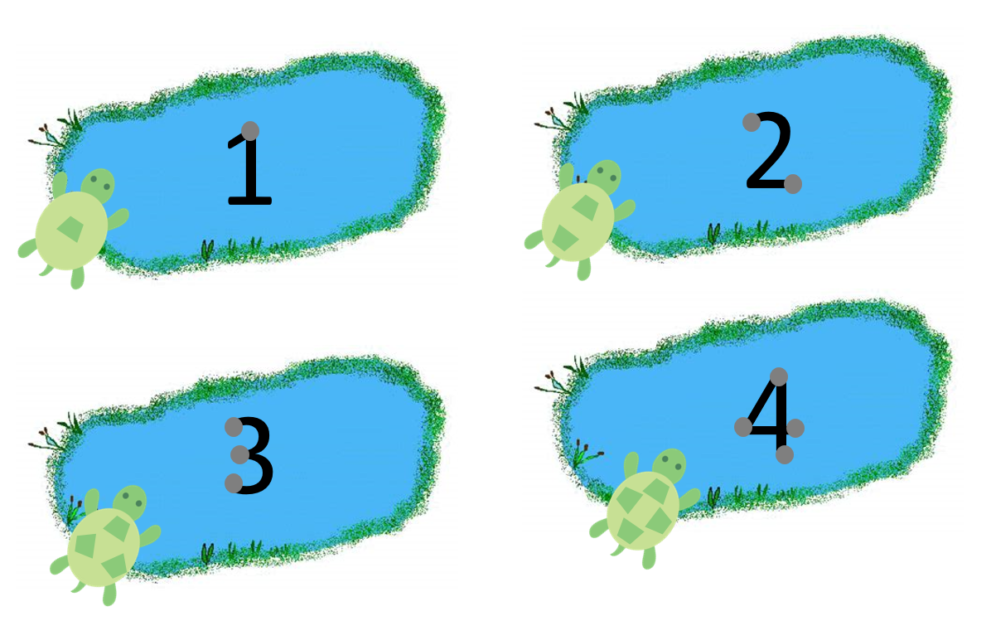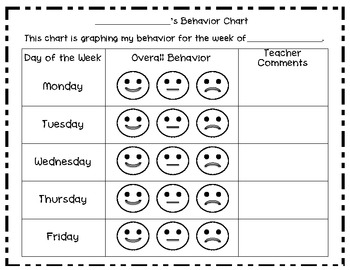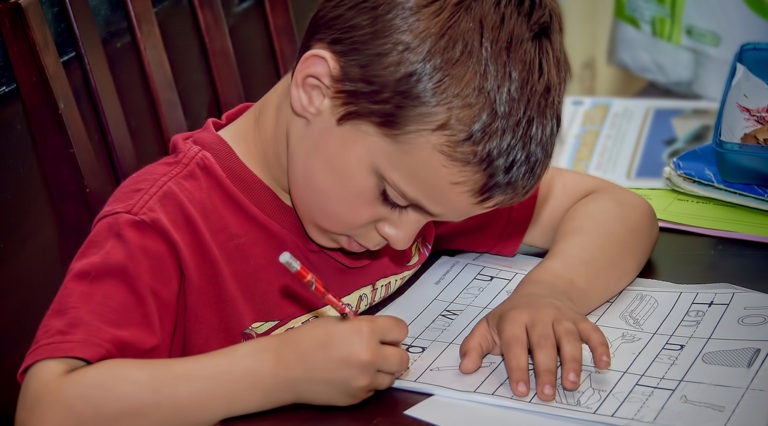Number Sense Activities: Math Made Fun
Math, especially number sense, is one of my favorite areas to plan for in the preschool classroom. Sometimes teachers focus so much on the counting sequence that they forget about the other number sense activities.
What is Number Sense?
Number sense for preschoolers is a group of related math abilities that are key predictors of children’s math achievement. In essence, they are the skills that children need in order to work with numbers in a variety of ways. These skills include the ability to:
- Understand quantities, such as knowing how many are in a given group of objects.
- Compare amounts of items using terms such as more, less, equal, larger, and smaller.
- Recognize the relationships between individual items and groups of things. (i.e., when the child says “3,” it means all items, not just that individual item that was named “3”).
- Understand the symbols that we use to represent quantities. (i.e., numerals).
- Order a group of objects. (i.e., 1st, 2nd, 3rd, or largest to smallest).
- Add and subtract with concrete objects. (i.e., having a group of three bears, adding one to it, and understanding that you now have four bears).
- Problem-solve. (i.e., how many paintbrushes are needed for the children at an activity).
Number Sense Activities
As you can see…these skills beyond being able to recite the counting sequence! So, what are some specific activities that you can implement in your classroom to promote these skills?
Frogs on Lily Pads Promote 1:1 Correspondence

In this sensory table activity, children have 12 coasters and 12 frogs. As they practice putting one frog on each “lily pad,” they are practicing the skill of 1:1 correspondence.
Make Numerals Easier to Learn

Numerals are such an abstract concept for young children. While they may recognize the numeral and name it, they also need to know how many it represents. Unfortunately, many activities that work with numerals offer no support for helping children understand this association. I like to add “quantity dots” to my numerals as children begin to match up the numeral to a quantity. The dots allow children to check their work to ensure that they are choosing the correct numeral.
Frog and Pond Activity Builds Number Sense by Connecting Numerals with Quantities
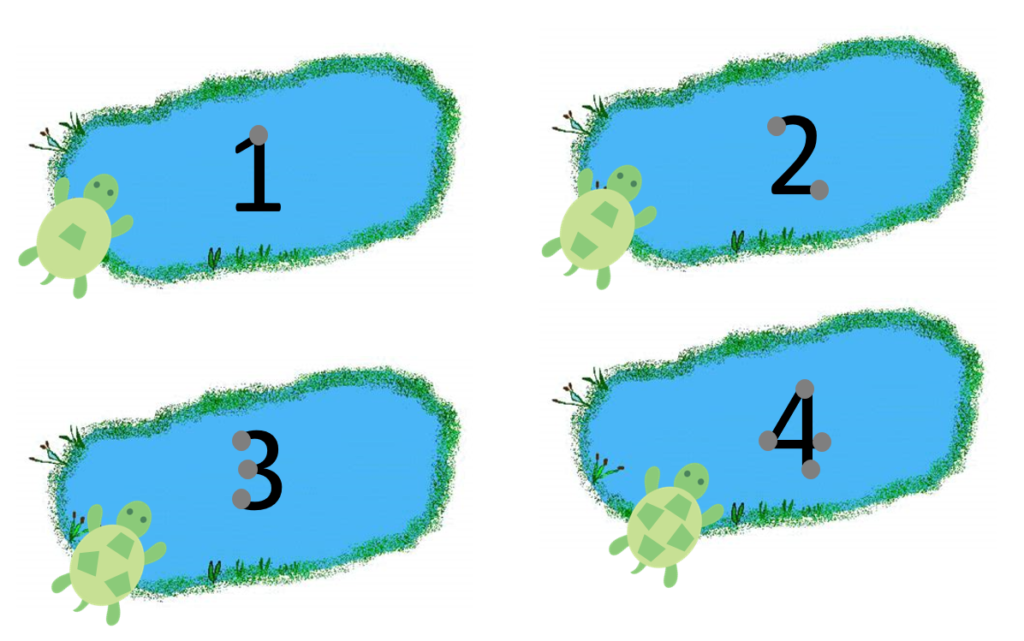
In this fun activity, children match the number of shapes on the turtles back to the numerals on the pond. The turtles have a clothespin on the back so that the child can clip it on the correct pond. The dots on the numerals help children know if they are choosing the correct numeral.
Sink the Boat Sensory Activity Builds Number Sense Through Comparison of Quantities
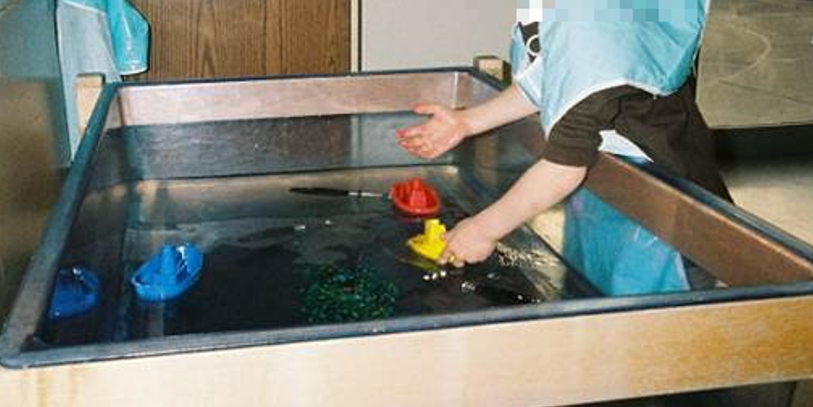
This sensory table activity includes a variety of marbles and boats. Children attempt to predict how many marbles it will take to “sink the boat.” (Not intended for children under age 3).
Math Manipulatives Promote Counting, 1:1 Correspondence, and Creating Equal Sets

In this math manipulative, children roll the die and take the corresponding number of ice cream sundaes to put on their tray. The gameplay continues until both children have filled their trays. Sometimes, children continue rolling the die to remove the ice cream cones from their trays and return them to the basket.
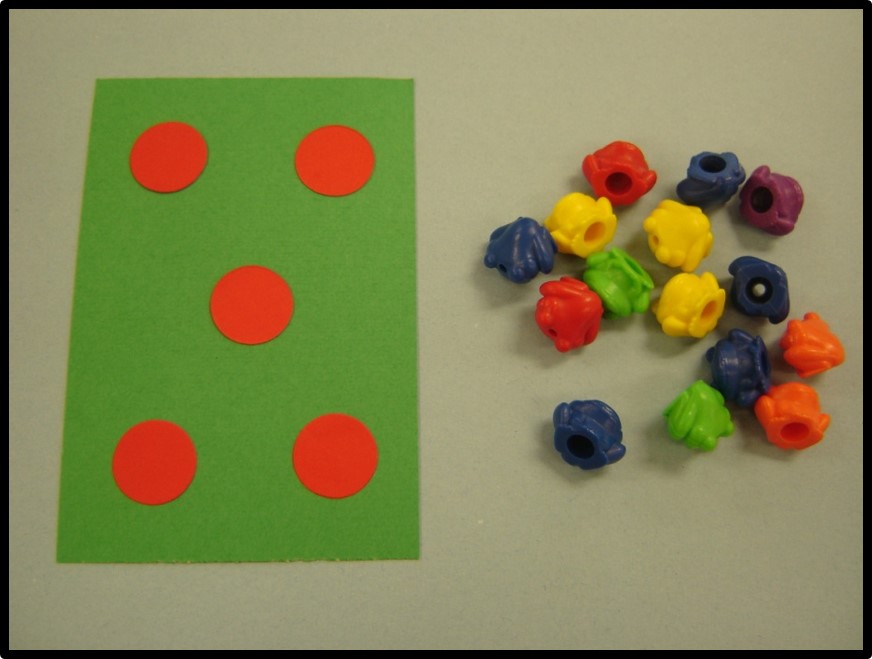
In this game, children choose a card with dots from the deck and then take the appropriate number of bears to match the card. They can even put the bears right on top of the dots if they are still in the beginning stages of quantification.
Path Games Build Number Sense Through Counting, Comparison, and Creating Equal Sets
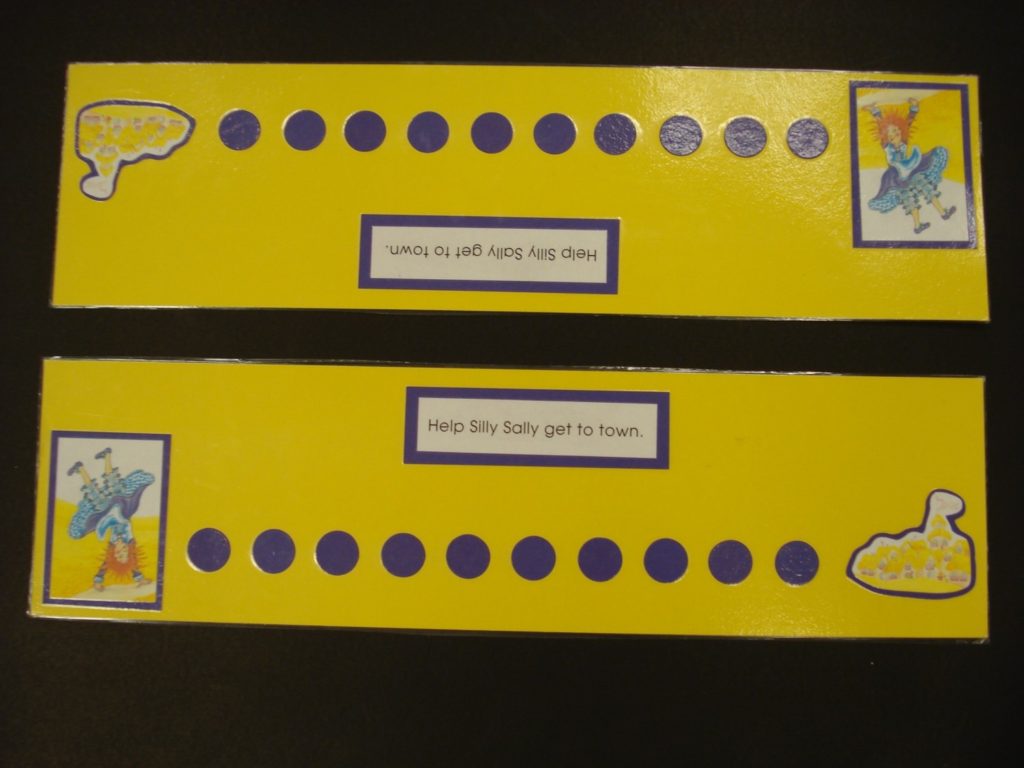
In this short path game, children roll the die and move their game piece to the town. Since this game is designed for younger children, we’ve given each child his own game board to eliminate confusion and conflict.
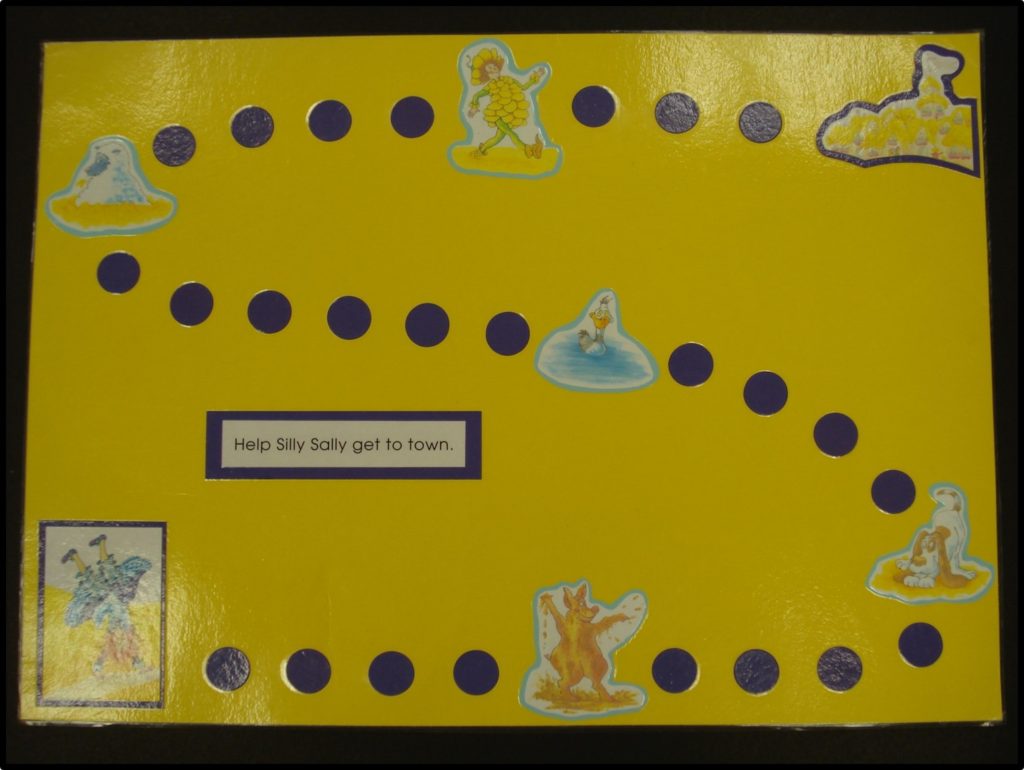
This long path game gives them a longer path and a shared board for children who are ready for a little more. In addition, the “bonus spaces” throughout the game allow children to customize the rules of the game.
5 & 10 Frames Are Great for Older Preschoolers
I also love these activities on using 10 frames and 5 frames from Pre-kpages.com: https://www.pre-kpages.com/developing-number-sense-in-preschool/.
Interested in Learning More? We have several classes to help you!
Count Me In: Encouraging Number Sense in Preschool – 1 hour
Adding math activities to your classroom in fun and inviting ways can be a challenge. This course will cover the mathematical area of number sense and offer many activities that encourage number sense for preschool children. Filled with pictures of materials and descriptions of the activities, you’ll walk away with great ideas on how to create materials in your classroom on a budget. As a bonus, you’ll have access to a few downloadable games that you can print out for use in your classroom.
Creating Your Preschool Math Curriculum – 3 hours
Math is something that children do naturally. However, it can be a struggle to know what types of activities to provide for children to prepare them for Kindergarten. This workshop will give you a background in the kinds of math experiences preschoolers should access in an early care program. This introductory level workshop will cover the big ideas of mathematics, including number sense, algebra, geometry, measurement, and data analysis.
Math & Science for Infants and Toddlers – 2.5 hours
Infants and toddlers naturally engage in both math and science activities. Our job, as their caregivers, is to enhance the environment so that opportunities for math and science play abound! While we can plan for these activities, much of math and science for this age group revolves around our communication with children, so we’ll spend some time exploring this concept and activities. We’ll begin by looking at some foundations for cognitive development and math/science.

